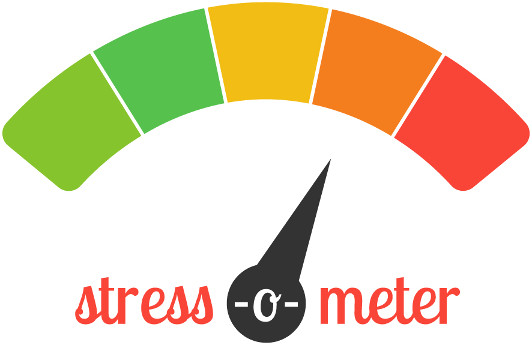Last week we mentioned the grades and equity dashboard as a useful tool for looking at who your students are and how they are doing. It is no secret that our campus continues to struggle to make equity a reality. We continue to make progress in fits and starts, but we do not need to wait for big initiatives or funding cycles to make change. The most critical equity work on campus starts with you in the classroom. The challenges are real, but we partnered with Undergraduate Education to create a list of changes we can implement as individuals in the classroom–often while the semester is ongoing.
- Rename office hours student hours. A simple change in name can make you more approachable and increase student utilization of time you have set aside for them.
- Show your students who you are. Sharing our own narratives with students makes it easier for them to approach us with questions.
- Incorporate diverse examples into your assigned material. Students will not always see themselves in you and your experiences. They should see themselves in the material we assign.
- Incorporate an assignment where students draw on their personal experience. This signals to students you care about who they are and where they come from.
- Look for ways to lower course material costs. A 2020 survey reported about 65% of students have skipped buying course materials because of cost. This has a disproportionate impact on lower income students. Visit the Chico Affordable Learning Solutions (CAL$) website for more information about zero and low cost course materials.
- Limit extra credit. Our students who are working, first-generation, and diverse are statistically less likely to do extra tasks. When we offer extra credit for additional work there is a disproportionate benefit for already advantaged students (Feldman, 2018, Grading for Equity).
- Move away from high stakes assignments and towards more frequent, reflective, iterative work. Research shows that students are more likely to retain information when engaged in regular practice and application, and receive feedback that they can use to improve. Here is some feedback from a faculty member who tried this technique in her classroom for a semester.
For a deeper dive check out our existing teaching guides focused on inclusion and consider signing up for equity focused offerings in this semester’s FDEV slate.
Zach Justus
Interim Director of Faculty Development
Professor of Communication Arts and Sciences

 tress seems everywhere this time of the semester. The academic year is close to an end which means student concerns about grades and graduation, too many meetings crammed into the day, celebrations that sometimes feel like obligations, and this year we are all making sense of the strike and what it might mean for ourselves and our students. Speaking of students, the stress of the end of the year can be even greater for them as they deal with a host of transitions many of us moved on from years ago.
tress seems everywhere this time of the semester. The academic year is close to an end which means student concerns about grades and graduation, too many meetings crammed into the day, celebrations that sometimes feel like obligations, and this year we are all making sense of the strike and what it might mean for ourselves and our students. Speaking of students, the stress of the end of the year can be even greater for them as they deal with a host of transitions many of us moved on from years ago.